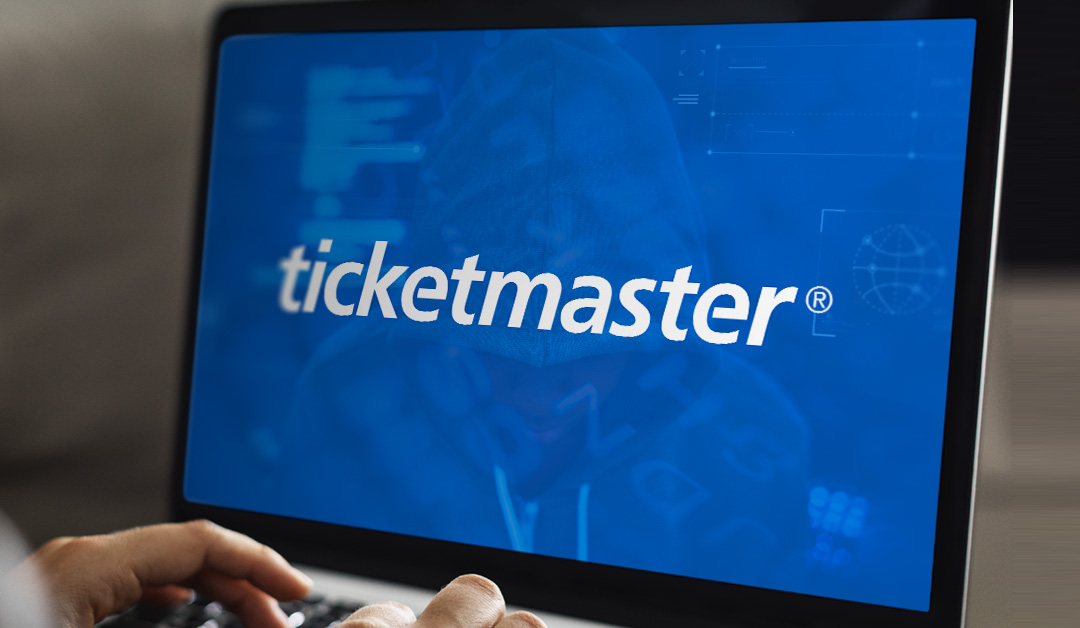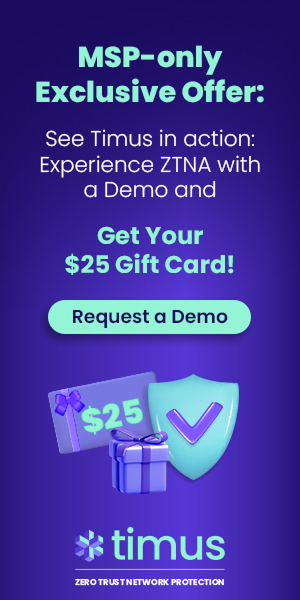Understanding the Ticketmaster Data Breach: A Technical Perspective
In recent news, Ticketmaster, a subsidiary of Live Nation Entertainment, has found itself at the center of a cybersecurity catastrophe. A group known as ShinyHunters has claimed responsibility for a massive data breach affecting approximately 560 million customers. The stolen information was kept in cloud storage that belonged to a separate SaaS vendor. This incident highlights critical […]
Author
Date
Category
All Categories
- AI-powered security
- Attacks & Threats
- Cybersecurity
- Hybrid Cloud
- Network
- Network Firewall
- Network Protection
- News
- Remote Workforce
- Security
- Zero Trust
Contents
Popular Posts
Product
Join the Newsletter

In recent news, Ticketmaster, a subsidiary of Live Nation Entertainment, has found itself at the center of a cybersecurity catastrophe. A group known as ShinyHunters has claimed responsibility for a massive data breach affecting approximately 560 million customers. The stolen information was kept in cloud storage that belonged to a separate SaaS vendor. This incident highlights critical vulnerabilities and serves as a stark reminder of the ongoing threats in the digital age.
The Breach Details
The data breach was brought to light when ShinyHunters listed the stolen data on a revived version of BreachForums, a notorious marketplace for hacked data. The stolen dataset reportedly includes comprehensive customer information such as names, addresses, emails, phone numbers, and partial credit card details. The breach’s timing is particularly sensitive for Ticketmaster, given its recent issues with event ticketing.
Technical Analysis of the Breach
Although TicketMaster didn’t disclose (yet) any additional details of the attack other than what was provided in its filing with the SEC on May 20th, it appears that the breach was executed by accessing Ticketmaster’s systems through a third-party cloud database environment. The attackers might have exploited weaknesses in the cloud security configuration or used a previously compromised credential to gain unauthorized access via users with single-factor authentication. Once inside, they could move laterally to access and exfiltrate the data to their servers.
Implications and Technical Recommendations
For businesses and technical professionals, this breach underscores the necessity of robust cybersecurity measures, especially regarding SaaS solutions and cloud storage. Both providers of the services (e.g., cloud storage) and the users on the customer side (in this case, Ticketmaster’s) must be vigilant against attacks and how they can be prevented. Here are some technical insights and recommendations for avoiding similar incidents:
Cloud Security: Ensure all cloud storage and services are configured correctly, with strict access controls and regular audits to prevent unauthorized access. The Ticketmaster breach underscores the necessity for SaaS providers to ensure that all service components, including third-party scripts and APIs, are rigorously vetted and secured. Companies must continuously assess their security posture and embrace frameworks like ZTNA to adapt to the evolving cyber threat landscape and protect sensitive customer data effectively.
This incident also serves as a critical reminder for businesses that use SaaS services to enhance their incident response strategies and maintain transparency (and enforcement) with customers about data security practices. This helps to preserve trust and comply with regulatory requirements. Moreover, integrating ZTNA into existing security frameworks strengthens defenses and aligns with compliance mandates, offering security and regulatory benefits.
Threat Detection: Implement advanced threat detection and monitoring systems to identify and alert suspicious activity within the network or cloud environments.
Third-Party Risk Management: Regularly assess the security postures of all third-party vendors and service providers. Ensure they adhere to strict security standards to avoid vulnerabilities through associated parties.
Incident Response: Develop and regularly update an incident response plan. This plan should include immediate steps to contain and mitigate any breach and communication strategies to inform affected parties and regulatory bodies.
Final Thoughts
The Ticketmaster data breach is a crucial learning opportunity for all organizations to reassess their cybersecurity strategies and defenses. In the age of digital transformation and cloud computing, it is imperative to stay vigilant and proactive in protecting customer data and maintaining trust. For Ticketmaster, regaining customer confidence will be critical, and this will require transparency about the breach’s impact and the measures being taken to prevent future incidents.
FAQ
Zero Trust Network Access (ZTNA) is a security model that operates on the principle of “never trust, always verify.” It’s designed to protect networks by enforcing strict identity verification for every user and device trying to access resources on a private network, regardless of whether they are inside or outside the network perimeter. ZTNA uses policies to determine access rights and requires continuous authentication and validation of the security posture of devices and users. This approach minimizes the attack surface by ensuring that users and devices can only access the network resources they need to perform their tasks. This model contrasts with traditional network security, which often relies on perimeter-based defenses, such as firewalls and VPNs, and once inside the network, users typically have much broader access. The key features of ZTNA include identity-based access decisions (of users and devices), Least Privilege Access, microsegmentation, and continuous monitoring and authentication.
Single-factor authentication (SFA) refers to a security process that uses only one method to verify the user’s identity. This means that to gain access to a system, a user needs to provide only one type of credential. Common examples of SFA include Password-based Authentication, Biometric Authentication, and Token-based Authentication. Single-factor authentication is straightforward and user-friendly but generally less secure than methods that require multiple types of credentials (known as Multi-Factor Authentication, or MFA). This is because SFA can be vulnerable to various attacks, such as phishing, brute force, or social engineering, where a single piece of stolen information, like a password, can provide an attacker full access to a user’s account.
Multi-factor authentication (MFA) is considered better than Single Factor Authentication (SFA) for several key reasons: -Enhanced Security & Risk Mitigation: MFA requires multiple verification forms to authenticate a user’s identity. This layered defense makes it harder for unauthorized users to gain access because even if one factor (like a password) is compromised, the additional factors still protect the account. -Regulatory Compliance: Many industries have regulations that require enhanced security measures. MFA helps organizations comply with these regulations by providing a more secure authentication process. -Building Trust: Customers and users are becoming more security-conscious. Companies that implement MFA demonstrate their commitment to security, which can improve trust and satisfaction among users.
Get Started with Timus
Zero Trust. Adaptive Cloud Firewall. Secure Remote Access. In one.
